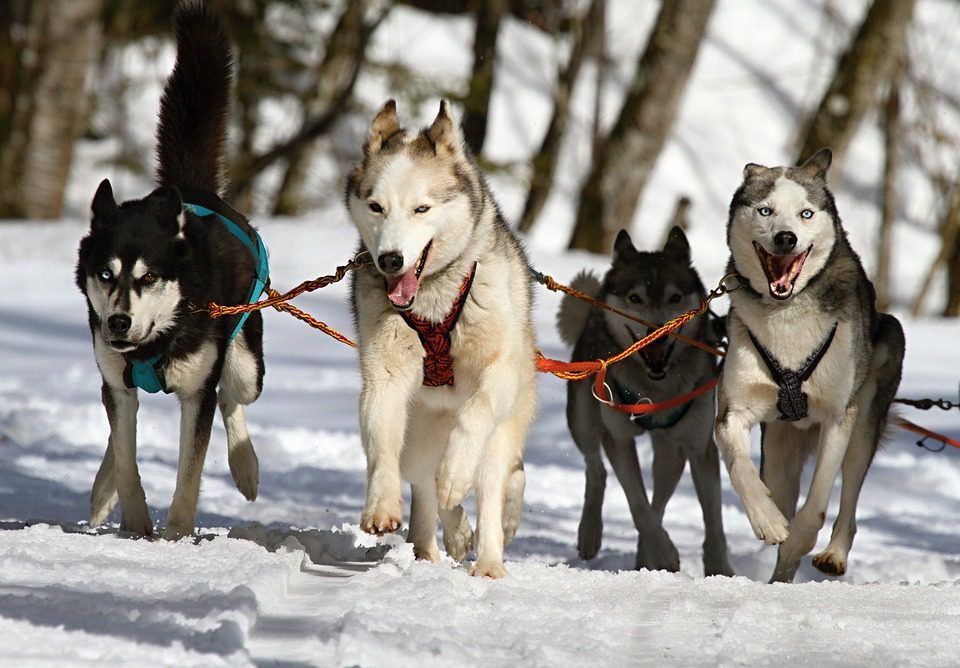An age-old debate among breeders and pet owners alike is whether or not to remove dew claws from puppies and kittens. Dew claws are the extra toes found on the inside of an animal’s front legs, and many veterinarians and breeders believe that removing them is the best and safest option for the animal. By removing the dew claws, breeders are able to reduce the risk of injury, ensure the animal has a healthy and active lifestyle, and even help to improve the animal’s overall appearance. In addition, some believe that dew claw removal can also enhance a pet’s temperament, as some research suggests that animals with dew claws are more prone to aggressive behavior. Ultimately, the decision of whether to remove dew claws or not is a personal one, and should be considered carefully by all parties involved.
What are Dew Claws?
Table of Contents
Dew claws are the small, vestigial nails that grow on the inner side of a dog’s feet. They sit higher than the other nails and often look like a thumb. Although they are not technically claws, they are referred to as such because they are similar in appearance and function to claws. Dew claws are usually removed when a puppy is between 3 and 5 days old.
Why Would a Breeder Remove Dew Claws?
There are several reasons why a breeder may choose to remove dew claws from a puppy. These include:
1. To Prevent Injury
Dew claws can easily get caught on objects or snag on fabrics, leading to painful injuries. They can also be ripped off during rough play or a fall. By removing them, the risk of these injuries is greatly reduced.
2. To Prevent Infection
If left in place, dew claws are more susceptible to infection due to their location. Because they are located on the inner side of the foot, they are often in contact with dirt, bacteria, and other contaminants. Removing them helps to reduce the risk of infection.
3. To Improve Appearance
Some breeds, such as the Dachshund, are not supposed to have dew claws. Removing them can help to improve the appearance of the dog and meet breed standards.
4. To Improve Movement
Dew claws can sometimes interfere with a dog’s movement, making activities such as running or jumping more difficult. Removing them can help to improve the dog’s mobility and make it easier for them to engage in physical activities.
Risks of Removing Dew Claws
Although there are some benefits to removing dew claws, there are also some risks involved. These include:
1. Pain and Discomfort
Removing dew claws can be a painful process and can cause discomfort for the puppy. It is important that the procedure is done by a qualified veterinarian to minimize any pain and discomfort.
2. Risk of Infection
Although removing dew claws can reduce the risk of infection, there is still a risk of infection if the procedure is not done properly. To minimize the risk of infection, it is important to make sure that the procedure is done in a clean and sterile environment by a qualified veterinarian.
3. Risk of Bleeding
There is a risk of bleeding when removing dew claws, although this is usually minimal. To reduce the risk of bleeding, the vet may use a local anesthetic to numb the area.
Conclusion
Removing dew claws can help to reduce the risk of injury and infection, and improve the appearance and mobility of the dog. However, it is important to be aware of the risks involved and ensure that the procedure is done in a clean and sterile environment by a qualified veterinarian.
## Common Myths about Removing Dew Claws
1. Removing dew claws is cruel: Dew claws are not essential for a dog’s mobility and removing them is not cruel. It is a minor procedure that is performed while the puppy is still very young, so they do not feel any pain or discomfort.
2. It is a complicated procedure: Removing dew claws is actually quite a simple procedure. It typically takes less than 10 minutes and can be done by a qualified veterinarian or experienced breeder.
3. Removing dew claws can cause health issues: Removing dew claws does not cause any health issues or problems. In fact, it can help prevent issues like ingrown nails and infections.
4. Removing dew claws is always necessary: Not all breeds require the removal of dew claws. Some breeds, such as German Shepherds, have dew claws that are firmly attached and do not need to be removed.
Frequently Asked Questions
What are dew claws?
Dew claws are the small claws located on the inner side of the front legs of some animals, typically dogs and cats.
Why would a breeder remove dew claws?
A breeder may choose to remove dew claws if they are not firmly attached to the leg. Dew claws that are not securely attached to the leg can become snagged on things and potentially become painful or cause other problems. Removing them can also help prevent them from growing in a way that can negatively affect the animal’s gait.
Conclusion
.
Dew claws are small, vestigial nails located on the inner side of a dog’s feet. They may be removed by a breeder for various reasons, such as reducing the risk of injury or infection, improving the dog’s appearance and mobility. While there are benefits, there are risks involved such as pain and discomfort, risk of infection and risk of bleeding. It is important to ensure the procedure is done by a qualified veterinarian in a clean and sterile environment.






